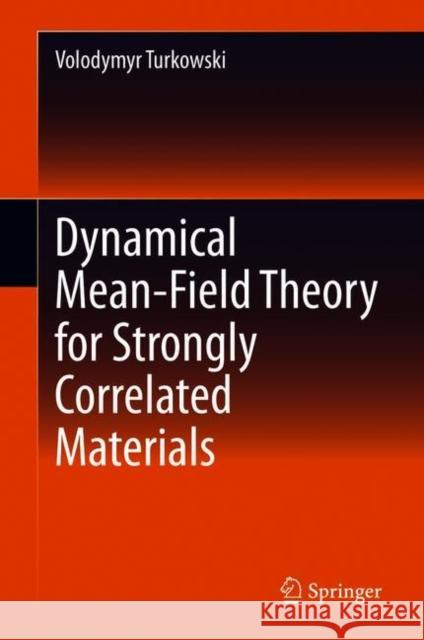Dynamical Mean-Field Theory for Strongly Correlated Materials » książka
topmenu
Dynamical Mean-Field Theory for Strongly Correlated Materials
ISBN-13: 9783030649036 / Angielski / Twarda / 2021 / 392 str.
Dynamical Mean-Field Theory for Strongly Correlated Materials
ISBN-13: 9783030649036 / Angielski / Twarda / 2021 / 392 str.
cena 621,14 zł
(netto: 591,56 VAT: 5%)
Najniższa cena z 30 dni: 616,85 zł
(netto: 591,56 VAT: 5%)
Najniższa cena z 30 dni: 616,85 zł
Termin realizacji zamówienia:
ok. 20 dni roboczych.
ok. 20 dni roboczych.
Darmowa dostawa!
Kategorie:
Kategorie BISAC:
Wydawca:
Springer
Język:
Angielski
ISBN-13:
9783030649036
Rok wydania:
2021
Wydanie:
2021
Ilość stron:
392
Waga:
0.81 kg
Wymiary:
23.88 x 19.56 x 2.54
Oprawa:
Twarda
Wolumenów:
01











